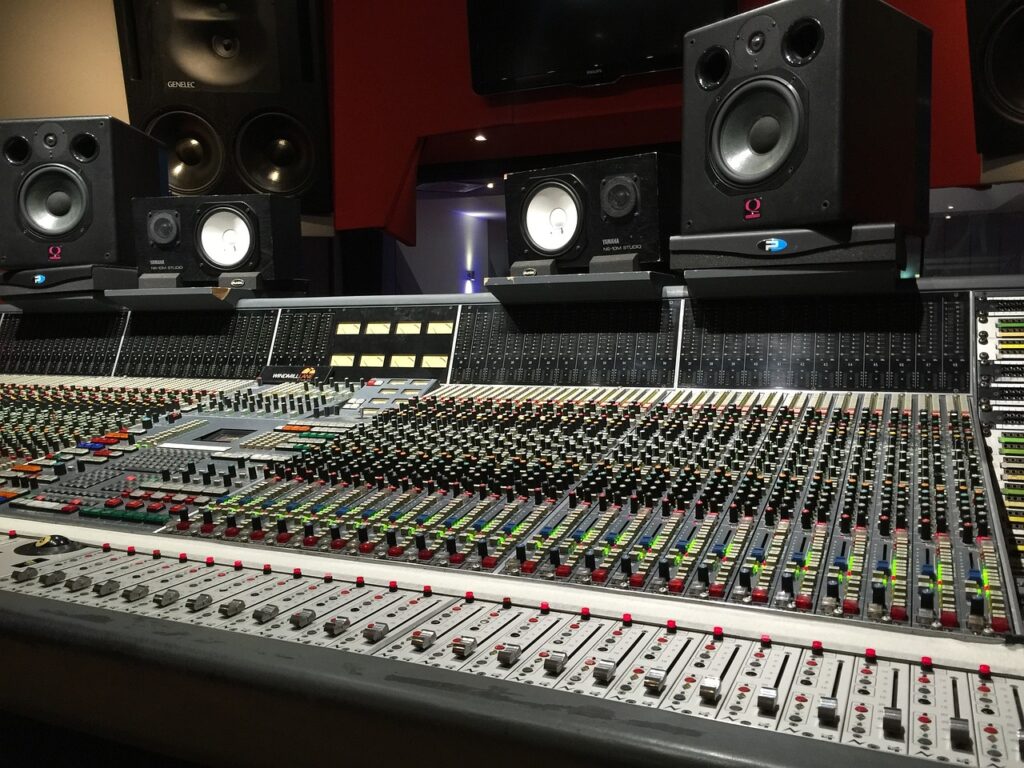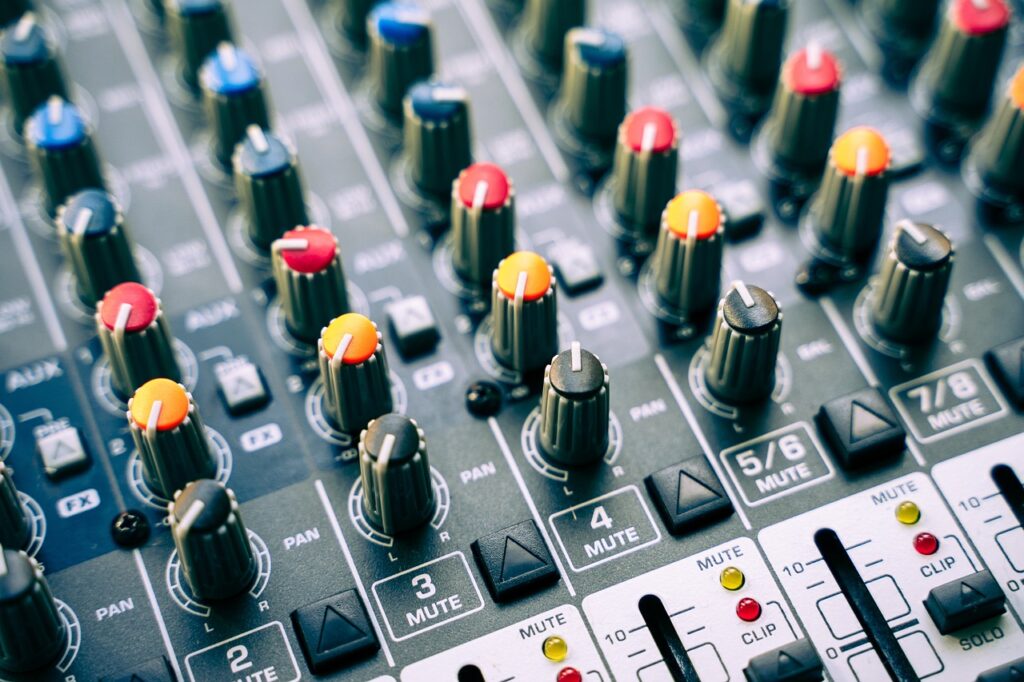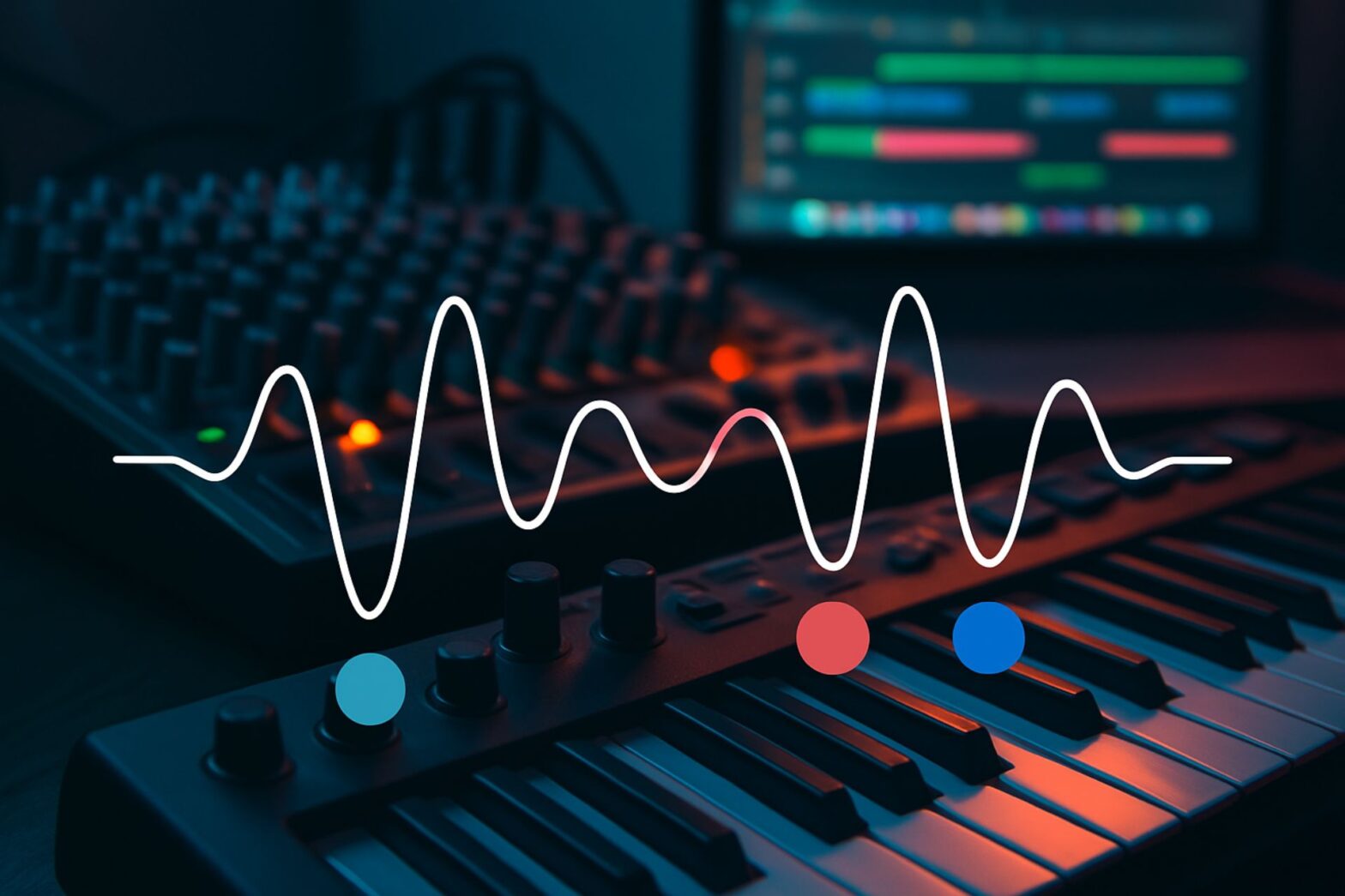Table of Contents
Have you ever watched a film, played a game, or surfed a site and felt something shift within you, not ’cause of what you were watching, but what you were listening to? That’s the power of sound design.
From the gentle click of a button on an app to the thunderous roar of a dragon in a fantasy adventure, sound design completely influences the way we vibe with the world, whether on a screen, in a space, or in our headphones. But why do we create these sounds? Let’s get into it.
Principles of Sound Design
Sound design is all about creating, adjusting, and experimenting with audio to make things more engaging, enhance the user experience, and strike those emotional chords. It’s not about throwing on some background music—it’s about creating an experience that sounds as awesome as it looks.
Why it matters:
A well-crafted sound can influence user behavior, reinforce brand identity, or merely enrich digital experiences.
Considerate sound design on websites can increase accessibility (for instance, about sound) and increase usability even more. Hard to believe or not, sound design can videos with more user-friendly experiences tend to rank higher in Youtube search engines.
Technically, the addition of sound to digital sites in a considerate way can boost time-on-site, lower bounce rates, and improve engagement.
In short, if your visuals are speaking, your audio must be supporting them with flawless harmony.
Applications of Sound Design

Sound design is everywhere around you—you might just not always notice it. That’s sort of the point. When it succeeds, it becomes so embedded that it’s an intangible (but entirely effective) aspect of the experience.
Here’s where it appears most frequently:
- Cinema & TV: From action themes to atmospheric mood hues, movie sound design infuses emotional depth and realism.
- Video Games: Audio cues drive gameplay mechanics and transport players into virtual worlds.
- Promotion: Consider sonic logos, voiceovers, or that satisfying “ding” in product demonstrations.
- Live Events & Theatre: Thoughtfully created audio transforms a stage into a world—real or imagined.
- Art Installations & Exhibitions: You know, interactive audio really spices up the storytelling experience in museums or pop-up events.
Sound Design Methods

So, how does it work?
Sound designers employ a range of technical tools and artistic techniques to manipulate sound in significant ways. Whether you’re creating sound for a smartphone app, podcast, or feature film, these techniques are the foundations of great sound.
Key techniques are:
- Recording: Recording high-quality audio, at times by field recording or studio recording.
- Sound Editing & Mixing: Cleaning, layering, balancing, and enriching audio elements to accommodate the intended mood or message.
- DAWs (Digital Audio Workstations): Logic Pro, Pro Tools, and Ableton Live are software that serve as the digital canvas for sound artists.
- Plugins & Effects: These insert reverb, echo, distortion, pitch shifting, etc., to produce otherworldly soundscapes.
- Collaboration: Composers, directors, and developers are the individuals with whom sound designers work to make the audio fit the entire project environment.
Advanced Sound Design Topics
Once you grasp the basics, sound design gets a lot cooler and much more immersive.
Some advanced areas include:
- 3D & Spatial Audio: Sound that envelops you, used in VR, AR, and surround sound environments.
- AI & Machine Learning in Audio: Music generation software, voice imitation software, or real-time sound manipulation software.
- Data Sonification: Converting data into sound to describe with audio.
- Audio Programming: Languages like Max/MSP or SuperCollider let creators build dynamic audio systems from scratch.
- Virtual & Augmented Reality: Sounding out destinations that exist only in virtual terms but feel truly real to users.
Best Practices and Industry Standards

Effective sound design is as much a matter of discipline as of creativity. To be heard and to be believed, sound designers practice these best practices:
- Use High-Quality Equipment: Record and mix only with professional-grade equipment to ensure clear and rich sound.
- Follow Audio Presentation Guidelines: Offer files in the correct formats (WAV, MP3, etc.) based on the platform and usage.
- Respect Access Guidelines: Offer captions, transcripts, and volume control for each user.
- Stay Legal: Always be careful about copyright laws when sampling or utilizing sound; licensing is important.
- Stay Current: The audio universe changes fast. Continue to learn about new tools, trends, and technologies.
Conclusion
Sound design is a deliberate instrument that influences the way individuals feel, interact, and recall your content. It can move people, change behavior, and leave lasting impressions. In a world where everyone’s attention span is tiny and there’s content everywhere, sound can be that secret sauce that makes your project stand out. So the next time you’re met with a click, an enveloping soundscape, or a perfectly timed drop, take a moment to appreciate the artistry at play.

